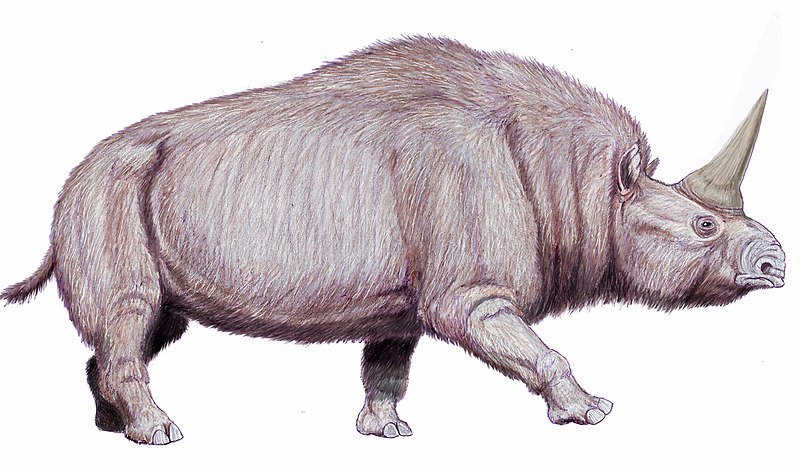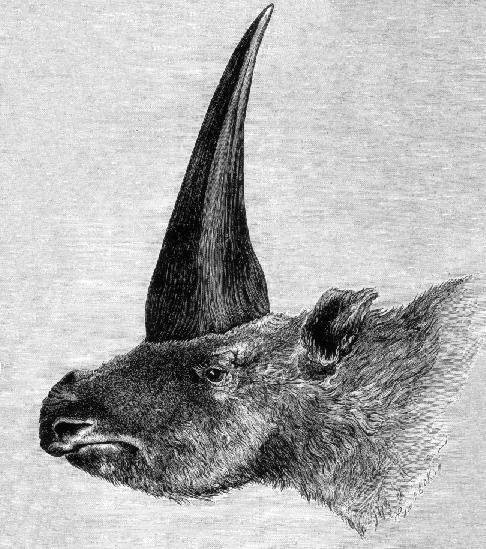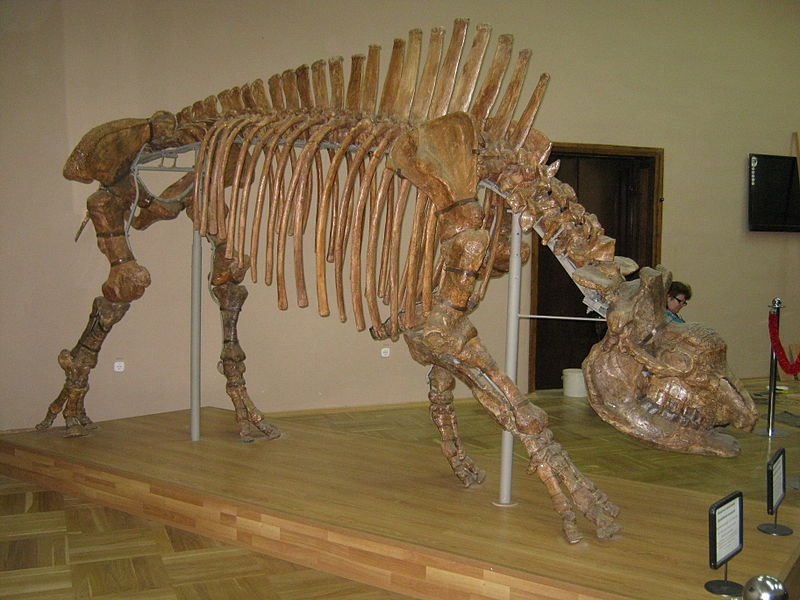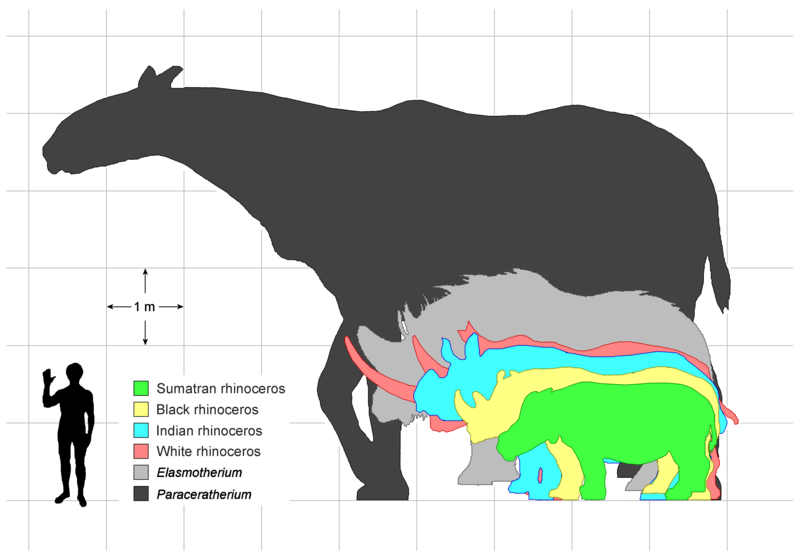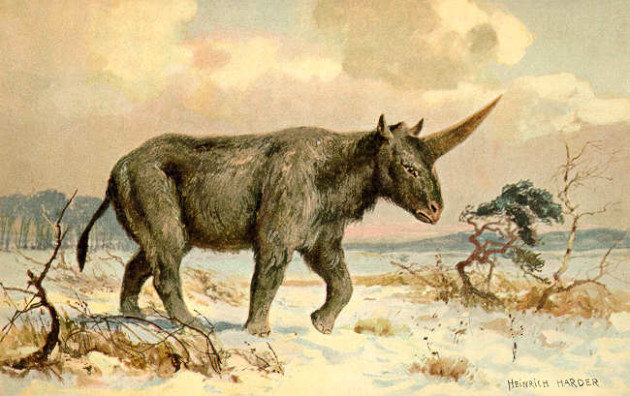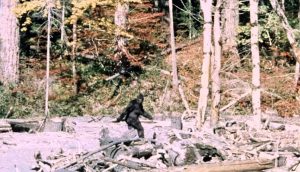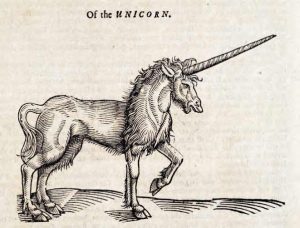Elasmotherium: A Gigantic Extinct Unicorn
Unicorns, of course, are pure myth… or are they? Siberian cultures have long spoken of a huge beast with a single horn. The horn of which, so the stories go, could fill a sled. Perhaps these ancient tales were based on elasmotherium?
Elasmotherium was one of the ancient world’s most dramatic and impressive designs.
Sporting a huge, single horn on its nose, elasmotherium was not to be trifled with. Although technically an extinct genus of rhinoceros, I am happy to refer to it as an extinct unicorn.
There are three known species of elasmotherium — E. caucasicum, E. chaprovicum, and E. sibiricum — the most studied of which was E. sibiricum.
These beasts roamed the prehistoric expanses of Eurasia and, at the size of a mammoth, it is perhaps no surprise that E. sibiricum survived for an impressively long time.
How Big Was Elasmotherium?
Complete skeletons show that elasmotherium, also called the Steppe rhinoceros, grew to at least 4.5 meters in length and stood 2 meters tall at the shoulder.
They are thought to have weighed around 4,000 kilograms.
Elasmotherium first evolved around 2.6 million years ago and may have survived until just 29,000 years ago — a geological blink of the eye. The youngest specimen to have been unearthed was a skull dug out of the ground in Kazakhstan in 2016.
Although elasmotherium is related to modern rhinoceroses, it had much longer legs in relation to its size; this would have allowed it to gallop with a more horse-like gait. Like I say, it was basically a massive unicorn.
E. sibiricum, like its extant relatives, was a herbivore (it is thought to have grazed the grass lands of Eastern Eurasia), so his horn was not for hunting. Although we cannot know exactly what it was used for, it may have helped attract mates, ward off predators and competitors, helped scrape snow away from the floor before feeding, or been used to dig holes to look for snacks.
Elasmotherium was named in 1808 by Johann Fischer von Waldheim, the Director of the Natural History Museum at Moscow University; the name means “thin plate beast.” It was so named because its molars are formed of sheets that create complicated curved patterns. It might seem odd to name such a glorious beast after its back teeth but, at that time, von Waldheim only had a jaw bone to inspect.
The Question Of The Horn
Elasmotherium is commonly referred to as the Siberian unicorn, so it might come as a surprise that, so far, no elasmotherium horns have been uncovered.
Although scientists are confident that elasmotherium is a relative of the rhinoceroses, hornless members of this family do appear in the fossil record, so that doesn’t entirely seal the deal on the question of the horn.
The primary evidence for a horn is a “frontal protuberance” on the skull, which has been interpreted as the base of a horn. Also, because there is evidence of huge blood vessels in the region of the protuberance, it has been surmised that it must have been gigantic.
Similarly, elasmotherium’s skeleton tells us that it had a particularly large muscle for moving its head, suggesting there was something weighty attached to it.
Depictions of elasmotherium show them with either a wooly coat or a more rhinoceros-like armor coating. As with the horn, no firm evidence for their outer lining has yet been found. Of course, as these animals survived across such a long period of time and seemed to inhabit a large patch of eastern Europe and Russia, both forms could have been found at some point in time or space.
Origin Of The Unicorn Myth?
Stories of a large, mono-horned unicorn are common in ancient Russian literature. Some believe that elasmotherium might have been the grain of truth behind this now common magical myth.
That said, the unicorn myth appears in ancient texts in many regions of the world, including Central and South America, Southern Europe, China, and India. It is unlikely we will ever know whether all of these myths originated from this single beast, but the unicorn myth didn’t really get going properly until the Medieval era, so it seems unlikely.
The version of the unicorn found in Russian folklore is called the Indrik. It is mentioned in the Golubinaya (The Book of Doves), a collection of Eastern Slavic folk poems from the 15th and 16th century. Unlike some of the more delicate, horse-like versions of the unicorn, the Indrik was huge.
It was described as being similar to a bull but with the legs of a deer and the head of a horse, fitting elasmotherium’s profile better than the glossy white horses we see elsewhere.
Having survived until only 29,000 years ago, it is humbling to think that some lucky humans might have had the pleasure of observing these mighty animals as they trundled across the plains. However, I imagine our relatives were not overly eager to get too close unless they were fully armed and very hungry indeed.
READ NEXT:
SOME PEOPLE STILL BELIEVE IN UNICORNS
SUPERNATURAL JAPANESE MONSTER ART

